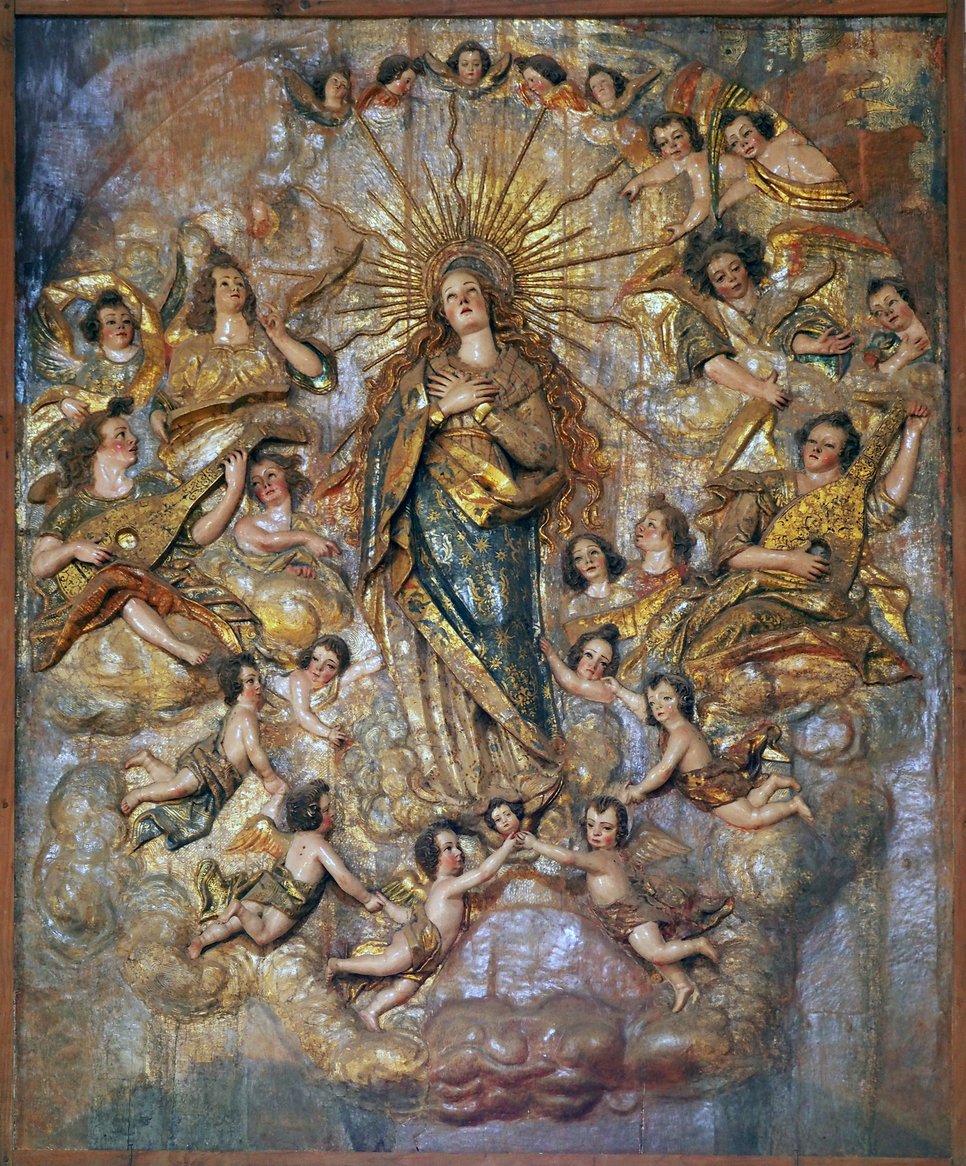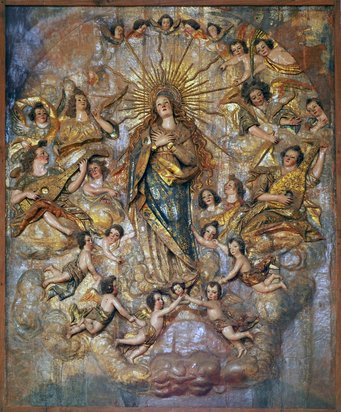Circulation of Religious Art and Artists of the Society of Jesus between Italy and the Viceroyalty of Peru (16th-17th century): Bernardo Bitti and His Followers
Elena Amerio

Over the last several years, my research has focused on Jesuit art in the Viceroyalty of Peru between the 16th and 17th centuries and given special attention to the figure of Bernardo Bitti. My PhD project expands upon my previous research by focusing on exchanges between Italy and the Viceroyalty of Peru, on the Jesuit policy of circulating artists from the order and on their role in the diffusion of late 16th-century artistic culture in Peru, Ecuador, and Bolivia. Bitti’s production and legacy remain at the center of my current investigation; however, I also seek to clarify his technique and relationship to other artists present in Peru with the aim of rethinking his role in Peruvian art history. In order to avoid the traditional shortcomings of an art history of “great masters” that then overshadows and obscures a richer context of production, I also look to the role of other Jesuit artists, such as the Andalusian Pedro Vargas and the Neapolitan Giuseppe Avitabile. These three Jesuit brothers with different specialties (Bitti the painter, Vargas the gilder, and Avitabile the engraver) complemented each other and together functioned as a team capable of meeting and adapting to the demands that the missionary context put on them – a context that compelled them to learn how to use new materials and new artistic techniques in places where qualified artists in the European traditions could not easily be found.
